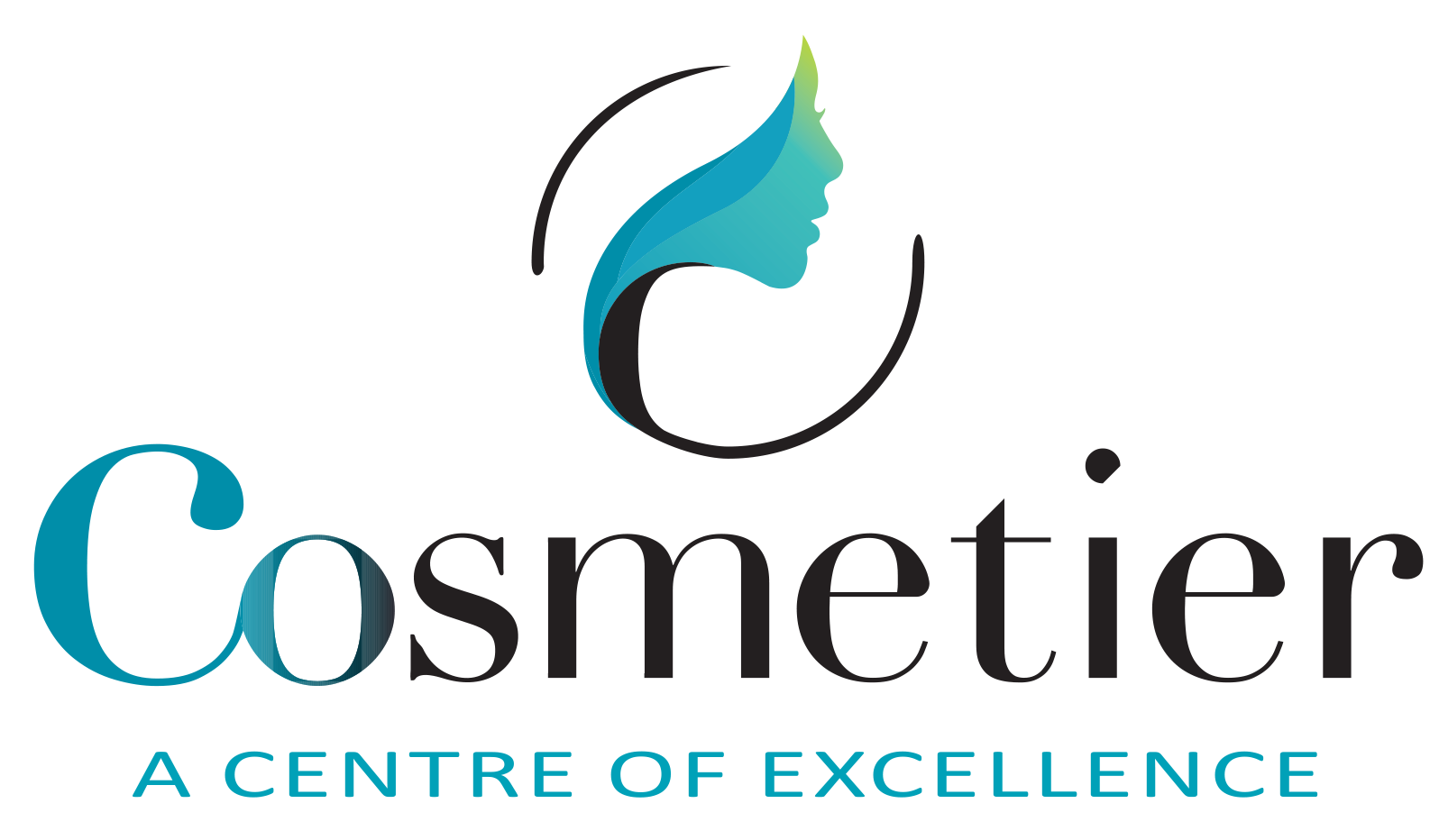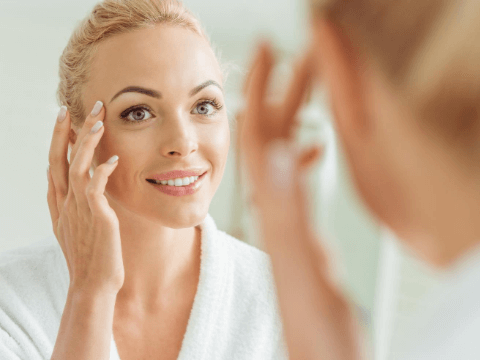Do you have uneven skin tone/ hyperpigmentation?
You may have noticed that over time your skin tone is becoming more uneven with patches of light and dark brown pigmentation. This is referred to as hyperpigmentation.
What is Hyperpigmentation?
Hyperpigmentation occurs when excess melanin causes a darkened appearance to the skin in either small or large areas. Melanin protects skin cells and their DNA by absorbing the sun’s ultraviolet rays (UVR). Darker skin types, in general, are more susceptible to hyperpigmentation than lighter skin types because their skin naturally contains more melanin. However, due to various triggers, all skin types can get areas of hyperpigmentation.
Hyperpigmentation Types and Triggers:
- UV induced: This type of hyperpigmentation shows in the form of freckles, age spots and uneven skin tone. It is caused by exposure to ultraviolet rays (UVR), whether from the sun or tanning beds.
- Post-Inflammatory Hyperpigmentation (PIH): PIH is found in areas of the skin that have been subjected to inflammation due to trauma, acne or irritation (eg. fragrances or laser side effects). Inflammation stimulates immune cells, which alter the activity of melanocytes (skin cells), causing increased pigment production.
- Melasma: this appears as symmetrical patches most often on the cheeks, chin, upper lip and forehead. It can be related to pregnancy, birth control pill, menopause or hormone replacement therapy.
What’s Happening in the hyperpigmentation process?
- Your skin encounters a trigger such as inflammation, UV rays, hormones
- Melanin production is stimulated within melanocytes.
- Melanin is transferred from melanocytes to skin cells.
- Skin cells are in a constant state of upward motion to the surface.
- Skin develops dark spots or patches on the surface or is uniformly darker (as in a tan).
Hyperpigmentation can become darker as the skin cells move closer to the surface. This point is important because, with many treatments, hyperpigmentation can darken in appearance before fading.
How do you treat hyperpigmentation?
Skincare is essential to:
PROTECT and PREVENT SKIN DAMAGE FROM UVB & UVA
We do this in 2 ways. Firstly, it is crucial to use a physical sunscreen designed to stop penetration of UVB and UVA rays that are a known trigger for melanin production.
Secondly, use of an antioxidant, L-Ascorbic Acid (Vitamin C), to neutralise any rays and free radicals from pollution that do get through to the skin.
DEGRADE PIGMENT and REDUCE future melanin production
In order to ‘rub out’ the hyperpigmentation, we need to degrade the pigment with non-toxic ingredients
INCREASE CELL TURNOVER
Using a resurfacing retinol at the correct strength, we are able to increase cell turnover. This means that we can bring those hyper-pigmented skin cells to the surface quicker therefore getting rid of them.
In clinic treatments include chemical peels and medical micro-dermal needling.
At Cosmetier, Dr Rachna Sharma believes that you should get the best treatment for your particular skin type. The first step is to book your video consultation to have your skin assessed and to discuss which will be the best treatment for you. You can do this using the contact form or calling Dr Rachna Sharma on 01525 611035.

